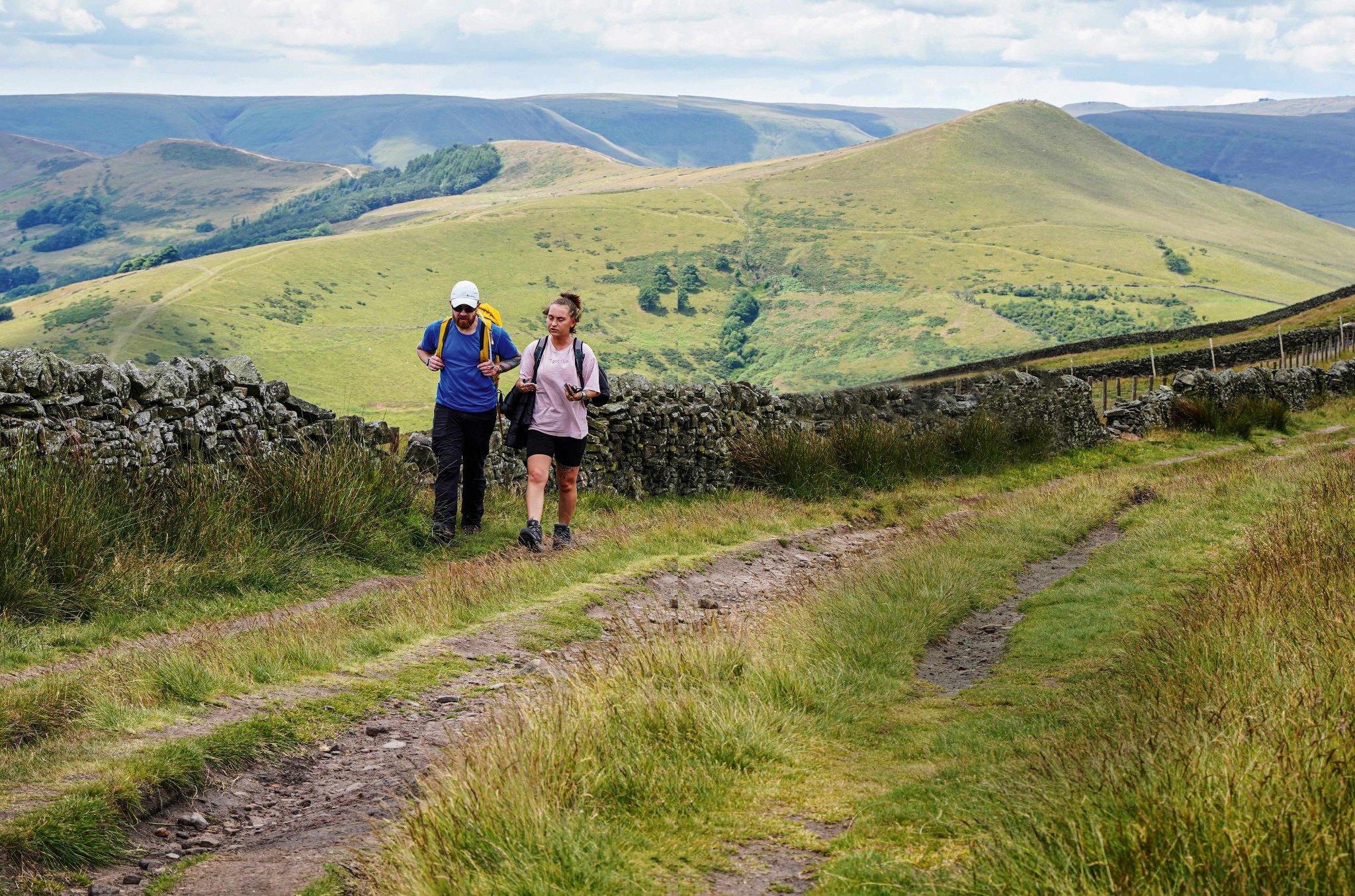
WALKING SPECIAL: CHARITY
Back on track
Walking in natural surroundings can have astonishing benefits for our health – it can even help to rebuild confidence and resilience. That’s why the charity Crisis is leading walks for homeless people in the spectacular settings of the Peak District National Park. Do the walks work? Mark Hillsdon went to find out…
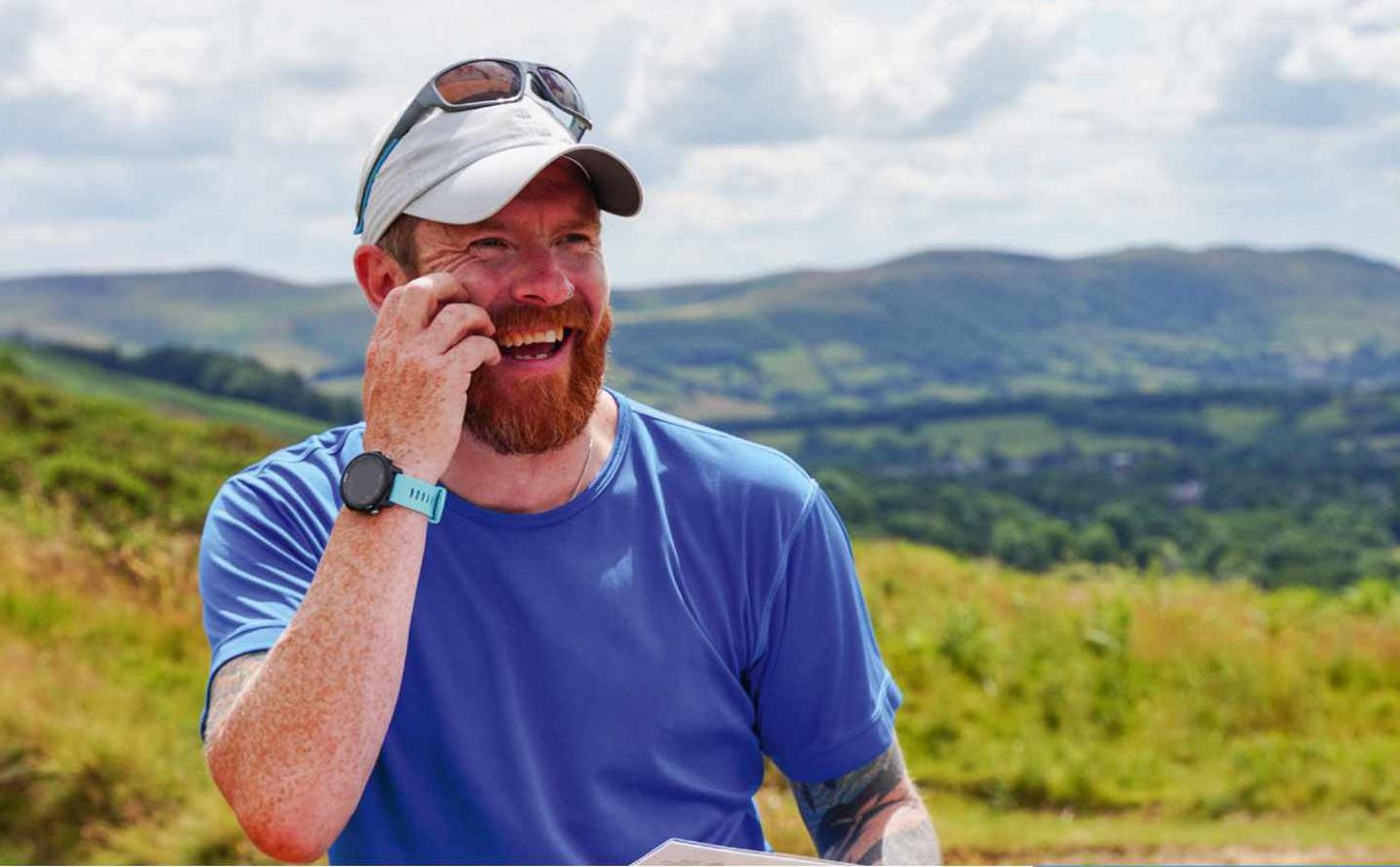
“Steve is passionate about the benefits that nature can bring to mental health”
Having missed our rendezvous at Hope station in the Peak District, it takes a good 20 minutes before I catch up with the rest of my walking group. I hurry along cool green lanes, where brambles are starting to send out their first pinky white flowers, and dog roses droop over banks of ferns.
Soon the lanes open out into steep-banked drovers’ trails, rough underfoot, with tall drystone walls fronted by towering purple foxgloves on either side.
Finally, I hit open countryside and the craggy beauty of the Peak District unfolds under a cloudless sky. I have also caught up with my fellow walkers.
Steve Sylvan, the walk leader, greets me with a smile. “You found us then,” he says in a soft Glaswegian accent. Steve works as a progression coach for homelessness charity Crisis and is tasked with “supporting members to overcome any barriers they face in achieving their goals”.
Steve is the driving force behind Wellbeing Walks, run by the charity’s Sunlight Centre in South Yorkshire. The walks offer people who are homeless, or at risk of having to sleep rough, the chance to get out and enjoy the therapeutic properties of nature, in what is today dubbed a ‘green prescription’.
Today, three Crisis members, as they are called, have joined a clutch of staff and three rangers from the Peak District National Park to walk the eight miles from Hope to Edale.
The walks first started in 2015, were then put on hold during various lockdowns and started up again in May 2021. Having the right kit is an issue and Steve is grateful to several outdoor clothing companies, including Mammut and Osprey, who have donated boots, rucksacks and waterproofs, which are then loaned out to members.
Steve is passionate about the mental health benefits of being out in nature, from greater resilience and self-esteem to building confidence and creating new friendships.
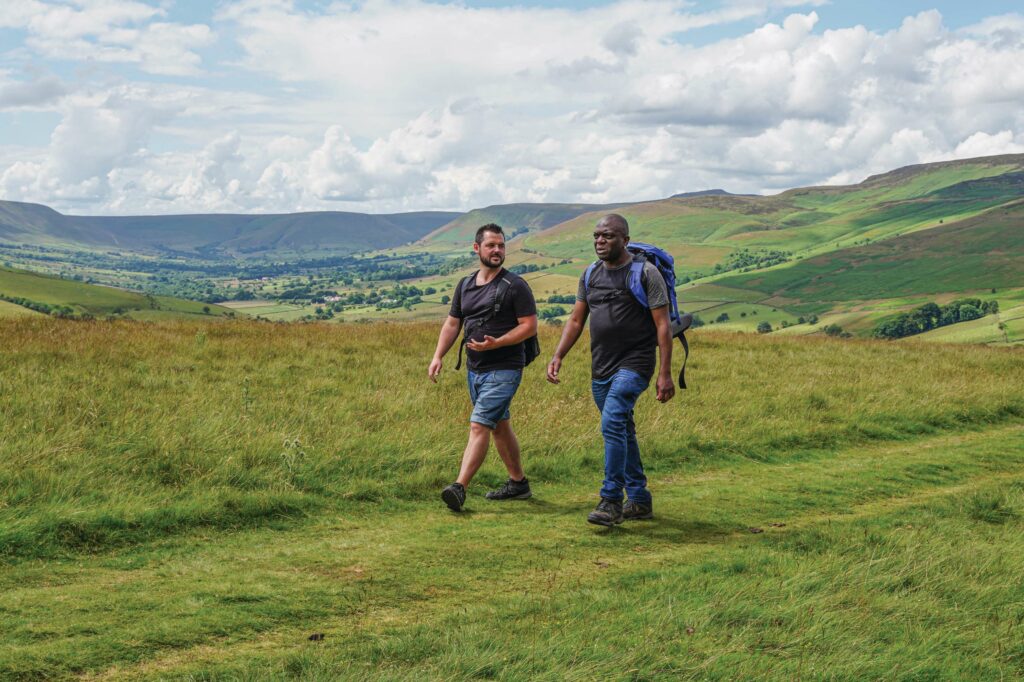
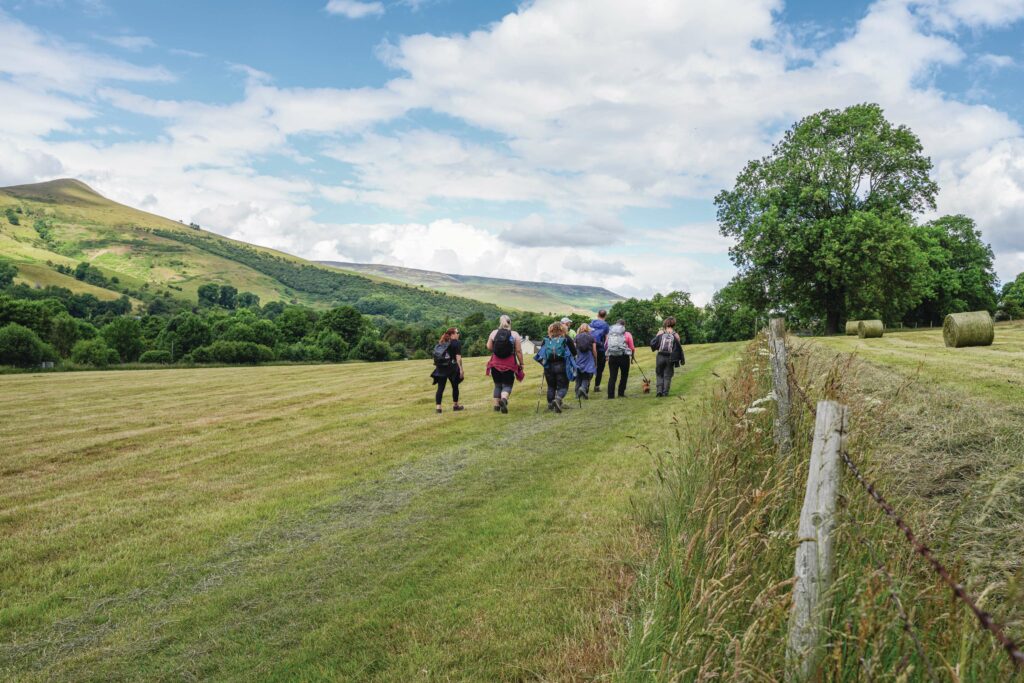
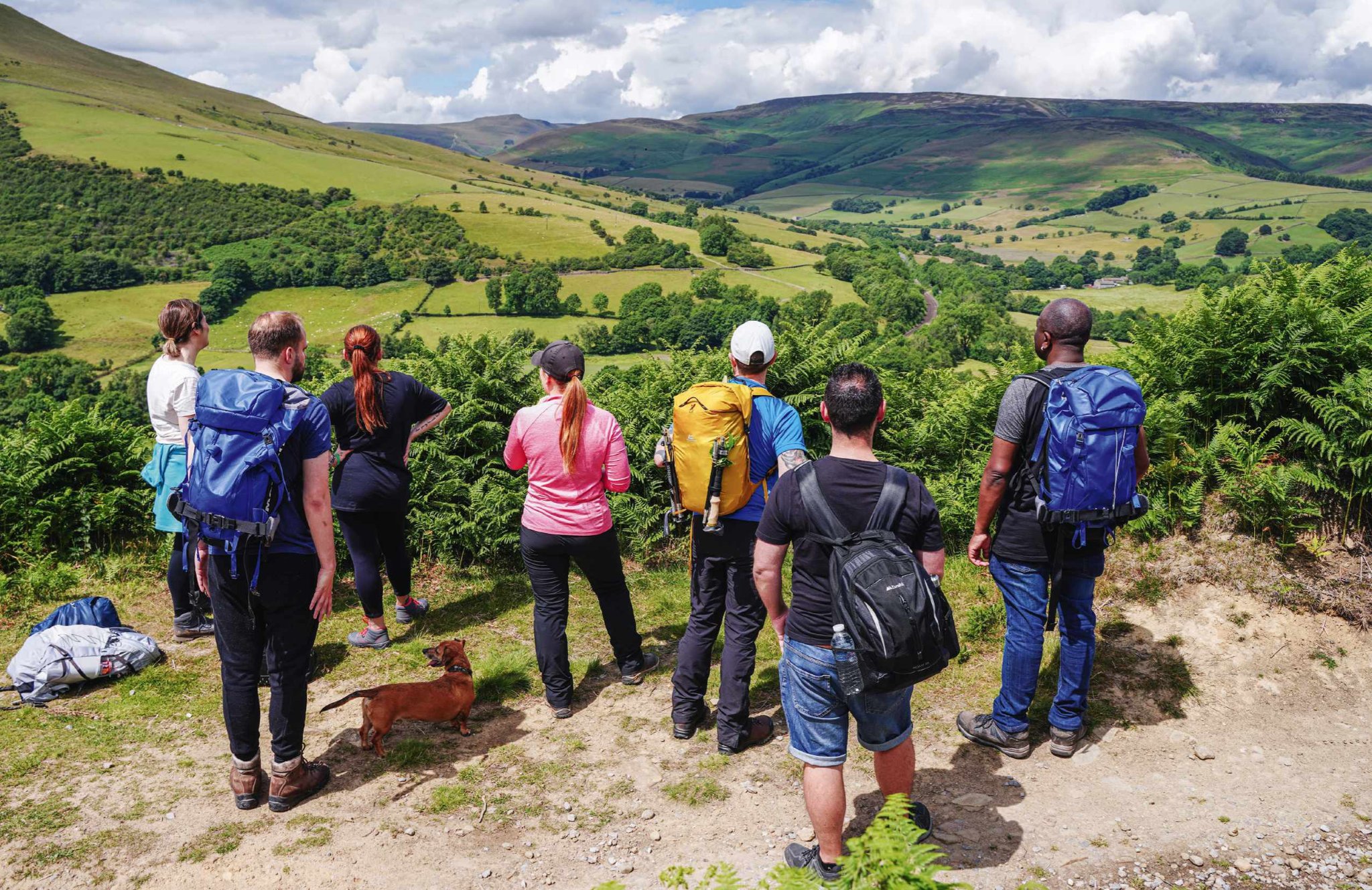
“There’s so much value in this,” he says. “Crisis isn’t just about finding people a house, it’s about helping them on a journey to have a meaningful and sustainable tenancy.”
The walks can also give people the push they need to undertake independent travel, he adds. One of his regular walkers is now up for a Discovery Award from the John Muir Trust, the community-focused conservation charity.
“He was incredibly anxious at the start,” says Steve. “Just getting on the train was a huge deal. Now, eight or nine trips down the line… he gets here himself to go walking… and his level of confidence and trust in other people has grown massively.”
The charity’s work with the John Muir Award includes activities such as drystone walling, moth-trapping and foraging, and builds on the personal development that the walks bring.
HOMELESSNESS IN THE UK
Crisis estimates that 227,040 people were homeless in Great Britain in 2020, the most recent year with full data available. This includes people sleeping rough on the streets, staying in unconventional accommodation such as cars and tents, living in hostels or unsuitable temporary accommodation, and ‘sofa-surfing’.
Between 2019 and 2020, homelessness in England dropped slightly due to the pandemic response, with local authorities providing more emergency accommodation and protective measures, such as a pause on people being evicted. However, this came after a large increase in homelessness from 2012 to 2019.
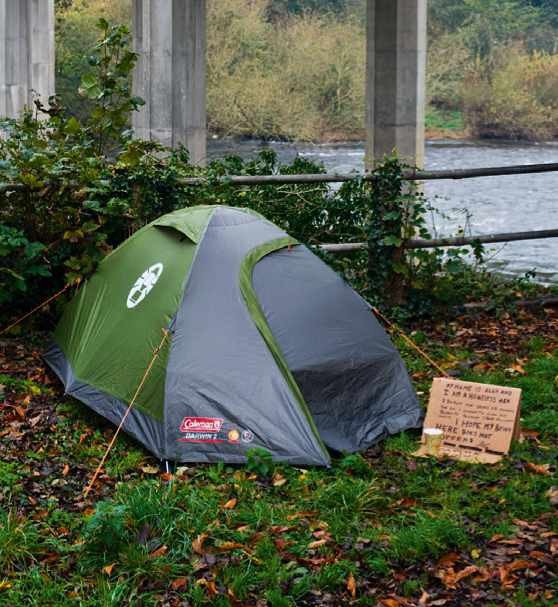
Crisis expects the current cost-of-living crisis and wider economic issues to have a significant negative impact.
Rough sleeping in the countryside is often underreported. However, in 2020, research from the National Housing Federation dubbed rural homelessness as England’s hidden crisis, with a 115% rise in 2017–2018.
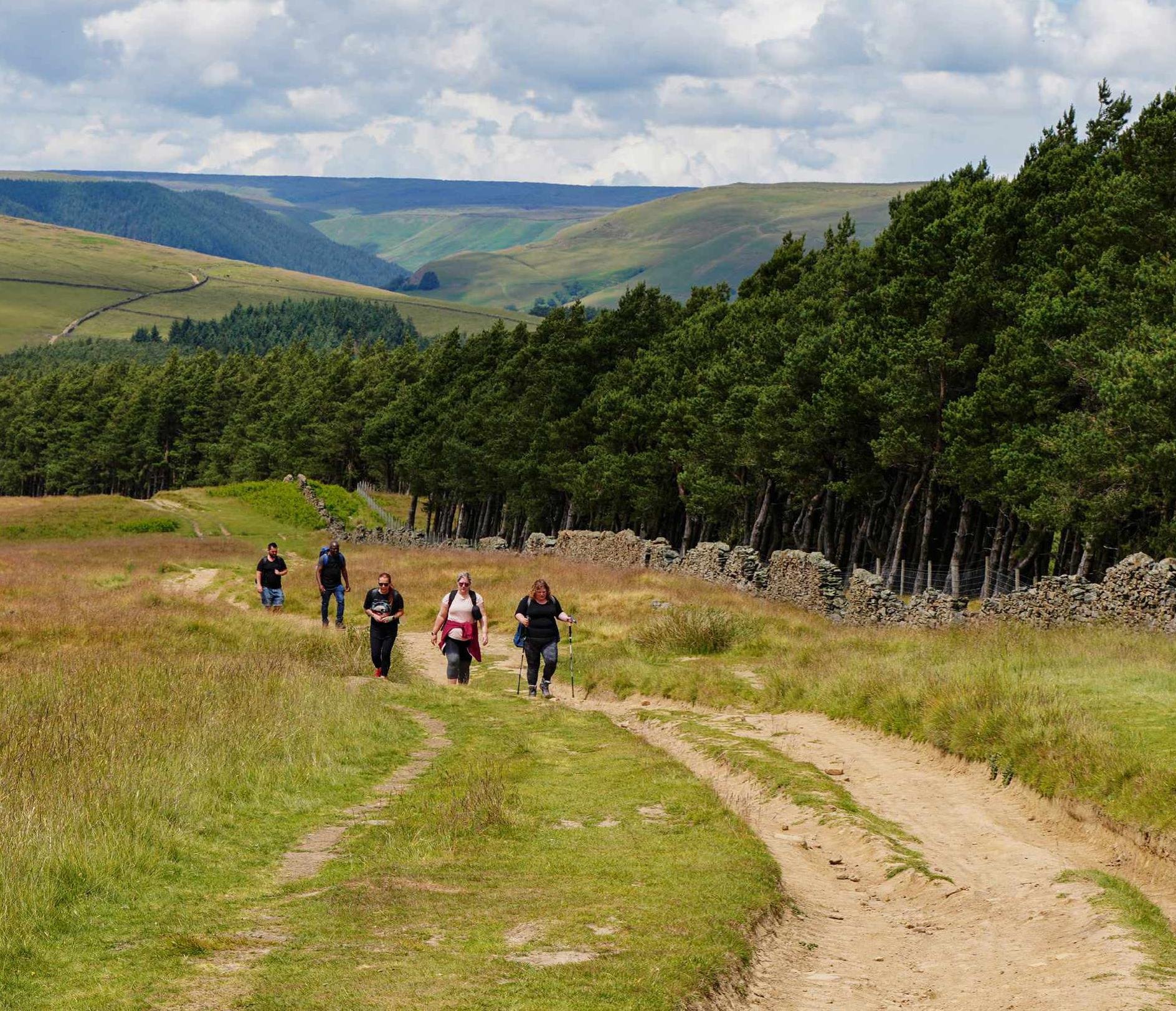
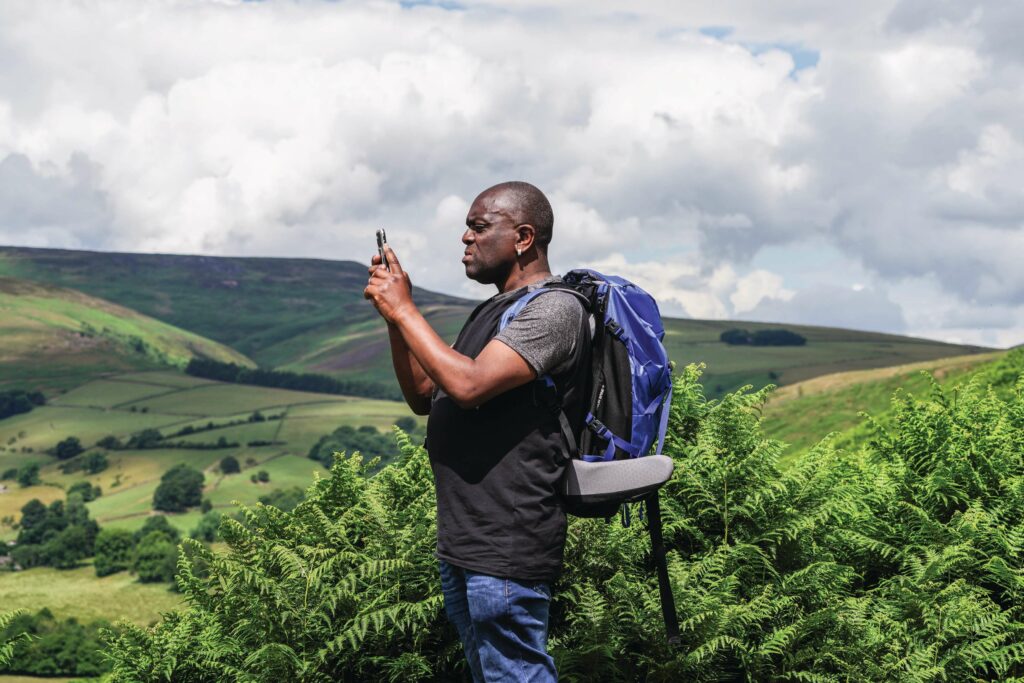
ESCAPE INTO NATURE
Of those who are striding out today, Andrew James is on his second trip. Threatened with homelessness after splitting up with his partner, 50-year-old Andrew was introduced to Crisis by his local Citizen’s Advice bureau. They helped him avoid having to sleep on the streets by finding him a flat, which he moved into two weeks previously.
“I’d wanted to come up here for years but never got round to doing it,” he says, as we stop for lunch and gaze out over the Vale of Edale, still green despite the baking sun.
A keen urban walker, who knows all the nooks and crannies of his hometown, Sheffield, Andrew is happy to swap the built-up city for the big skies of the Peak District. “It’s just something different to what you normally do,” he says.
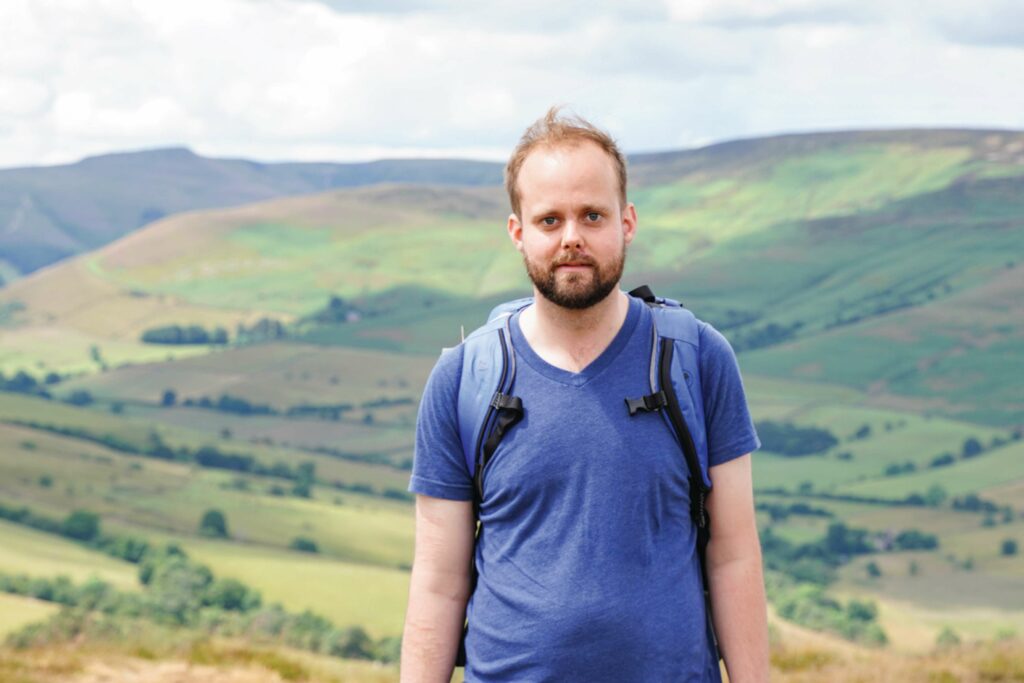
“I used to get the train from Manchester to Sheffield just to be able to see the countryside”
For 28-year-old Joe Young, this is his first Wellbeing Walk. A recovering alcoholic, he has been in and out of rehab since he was a teenager, while his addiction saw him lose his job and his home. He is now piecing his life back together and thinks walking could be a big part of this.
“I wanted to get out more and I’ve always loved the Peak District,” he says. “I used to get the train from Manchester to Sheffield just to be able to look at the countryside. There’s something otherworldly about the Peaks, I can’t put my finger on it.”
I catch up with Steve again. “Many of our members live in built-up areas and the countryside can be intimidating,” he says, “but it also offers peace, stillness, quiet and the chance for social interaction, which a lot of our members don’t usually get.”
ONE STEP AT A TIME
Ben is another of Steve’s success stories, and the star of a video promoting the walks. Overweight, anxious and unfit, Ben ventured on a scramble up Kinder Scout with Steve – the highest point in the Peak District – which, at times, he really didn’t think they would complete. They pushed on and made it to the summit and, a week later, Steve received an email from Ben saying he had returned and taken his friend up the same walk.
Jade Steel-Blake from Rotherham is also on her first walk, although the great outdoors is in her blood. She sees today’s trip as an important step in rebuilding her life. The 22-year-old suffered from post-natal depression following the birth of her daughter and, after a succession of bad experiences in women’s hostels, slipped into cocaine addiction.
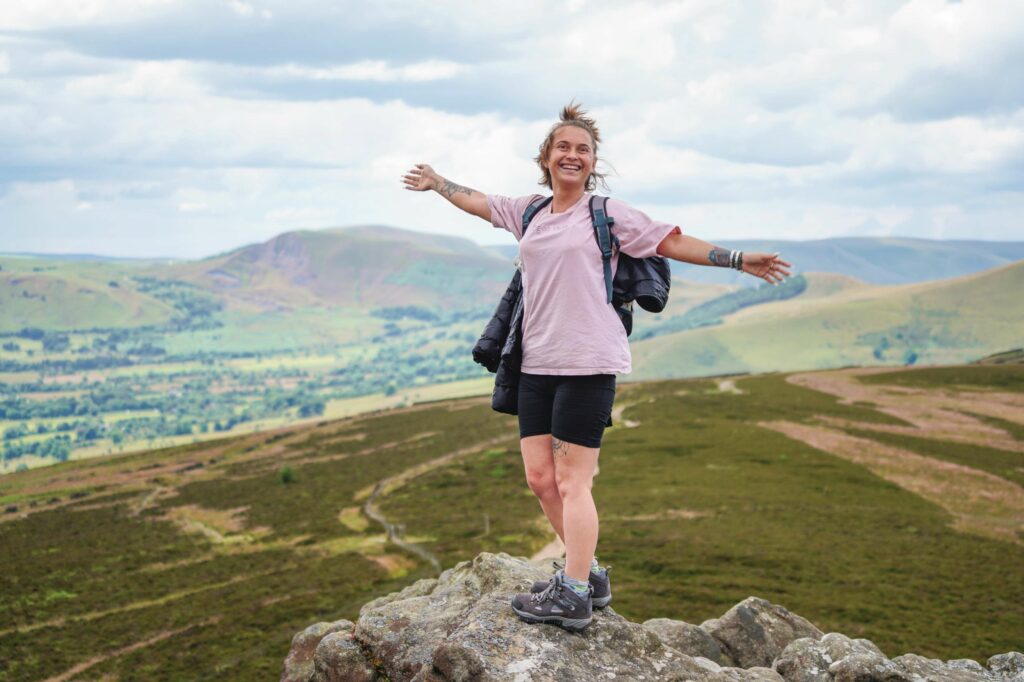
Ten years ago, Jade was walking these same hills with her parents. “I grew up doing this every other weekend. We used to go camping in Hope and we used to walk all round here,” she explains.
Now her parents take her daughter instead, in a complicated set-up that means Jade can’t go with them. You can tell how much it hurts.
FUTURE PLANS
I leave the group as they start the trek across Nether Moor, the path winding its way through Jaggers Clough before coming out at Ringing Roger, one of the gritstone outcrops that stands guard across the Peak District.
The relaxed, friendly mood of the group has been infectious and there is a palpable feeling of opportunity, too. All three Crisis members I talk to have already set themselves goals on the back of the walks. Andrew is looking forward to bringing friends here to enjoy the view, while Joe has ambitious plans to walk to Rome with a friend.
For Jade, her dream is to bring her daughter here camping. “I’m going to kickstart my life again,” she says, with a steely determination.
NOW JOIN IN YOURSELF!
While the Wellbeing Walks are restricted to people experiencing homelessness, the Peak District National Park Rangers offer different guided walks all year round. You can find out more at: peakdistrict.cinolla.com/ranger/
To support Crisis and help them keep running the walks you can make a donation through their website: crisis.org.uk

Mark Hillsdon is a Manchester-based journalist who covers a range of issues, from sustainability and wildlife to business, health and sport.
WALKING CURES: THE SCIENCE
Many organisations recognise that going for walks benefits people physically and mentally. Walking in nature can boost people’s mood, reduce stress levels and increase self-esteem.
During lockdown, the importance of nature and the great outdoors to people’s health become more prevalent than ever, leading to the growth of green prescribing and the idea that outdoors activities could do more for health then a packet of pills.
As Crisis spokesperson Jude Obi explains: “We have first-hand experience of seeing how our walks help people who have experienced homelessness by improving their mood and helping them to feel more positive.
“Often they become more confident and resilient, and open up more to share their experiences and how they are feeling with us.”